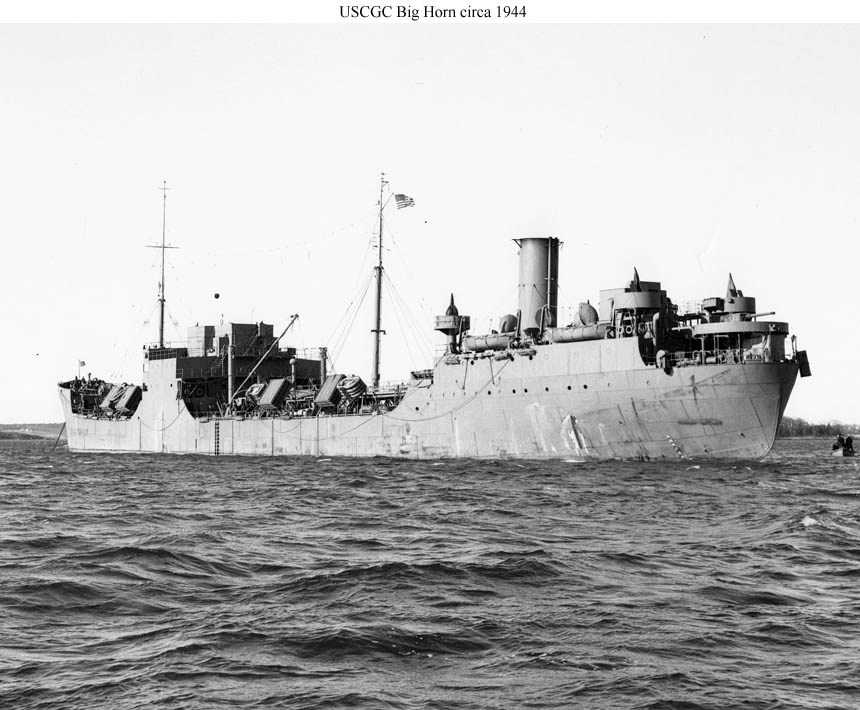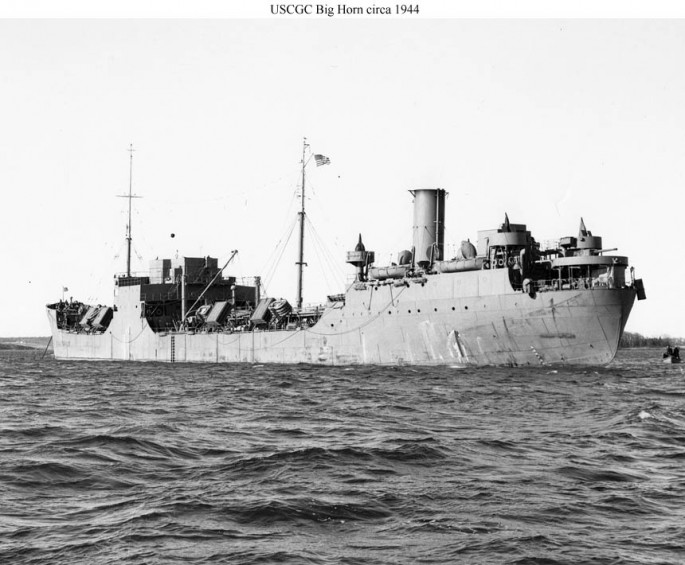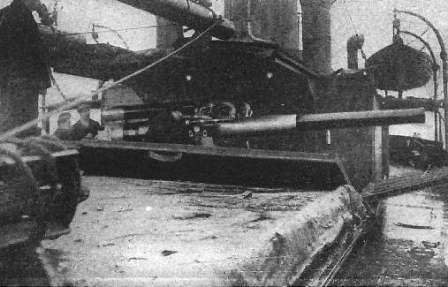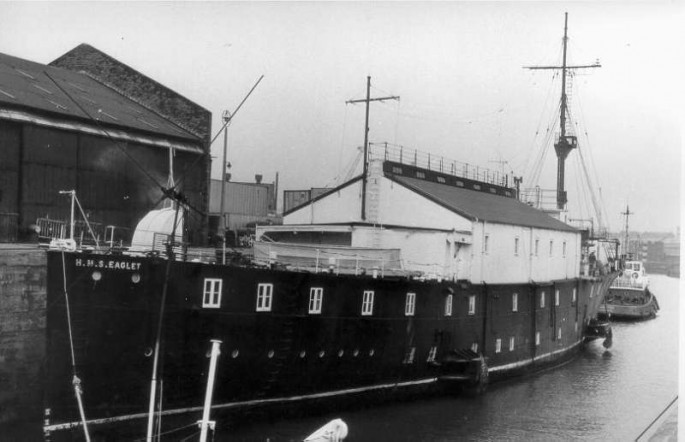We run lots of blog items about sleepers here on BangShift and on occasion, I refer to them as “Q-Ships”. As people find these stories on their own thorugh web searches or they run into them while cruising the BS archive, we get emails asking what that term means. We’ve gotten enough of those that I thought a quick history lesson was in order! Gather ’round kids, because uncle Brian is going to lay some history on you, hard and fast.
In short, Q-Ships were the ultimate sleepers. Conceived during WWI when German U-boats were walloping the shipping lanes of the Atlantic, these “Queen’s boats” were docile looking freighters and tanker vessels that were armed with hidden guns, depth charges, and other munitions while being manned by trained Naval crews. The name comes from the fact that the ships were converted at the shipyards of Queenstown, Ireland under total secrecy.
For obvious reasons, the ships looked like sitting ducks to U-Boat commanders who would often go to the surface and plan to sink the innocuous looking ship with the deck gun. The bad news for the U-Boat crew began when they actually did surface and hidden doors or walls on the deck would open, revealing guns with bores that measured several inches across. The Brits were so dialed into the ruse, they would sometimes fill the ships with balsa wood or wooden caskets for added buoyancy if the vessel were hit with a torpedo. Hell, there are reports that to really sell it, some of the crew would start to pretend to abandon ship to drive the U-Boat up, thinking they were going in for the kill! Some of the other rules went out the widow for guys on Q-Ships, too. Rules like uniform dress code. If a U-Boat commander went for a peek through his periscope and saw a bunch of guys in Naval duds walking around on the deck, the jig was up, but if he saw men lounging about in t-shirts, shorts, or no shirts at all, it would give the impression that they were just the crew of a freighter. Pretty awesome if you ask us!
WWI was the heyday of the Q-Ship and the British were the most effective, using them to sink several U-Boats. Everything from fishing trawlers to oil tankers were used. According to our research, nearly 400 Q-Ships were built by the English in WW1 with 61 being lost. The idea was revisited by both the US Navy and British in WWII but everyone was wise to the idea by that time. The Germans were not fooled anymore and by 1943 the US Navy discontinued the program because of heavy losses and no real appreciable results in the form of sinking U-Boats.
The overall effectiveness of Q-Ships is a pretty hotly debated topic among Naval buffs. Some claim that they never sunk enough U-Boats to really make a difference, but others argue that for every single U-Boat sunk, there were potentially dozens of merchant and supply ships saved. Whichever side of the fence you are on, the whole concept is great and frankly, we would trade just about anything to have been on board one of the WWI Q-Ships that exposed their guns and flew the flag at the last second before blasting a U-Boat to bits.
So, for those of your wondering about the whole Q-Ship thing, there you go. It is just a neater and more historically significant way of calling something a “sleeper”. Fire away!
Here are a few photos of Q-Ships and one showing a concealed gun on the deck of ship:
















I’ve had the personalized license plate Q-SHIP on my Sunbeam Tiger for 30 years. Alex
If I was a U-Boat captain, I’d torpedo a ship that looks like a house just on general principle. “Help stamp out ugly ships”.
I hate Illinois nazis.
Very cool, Brian! I never really understood what Q-ship meant before. Sleeper! I get it. Thanks! Great story….
https://www.youtube.com/watch?v=-ukFAvYP3UU
Great, you relieved old confusion and added new at the same time. The last photo is of the HMS Eaglet, which was not a Q-Ship but a permanently docked former ship used as a Royal Naval Reserve training center. Hence the house on top.